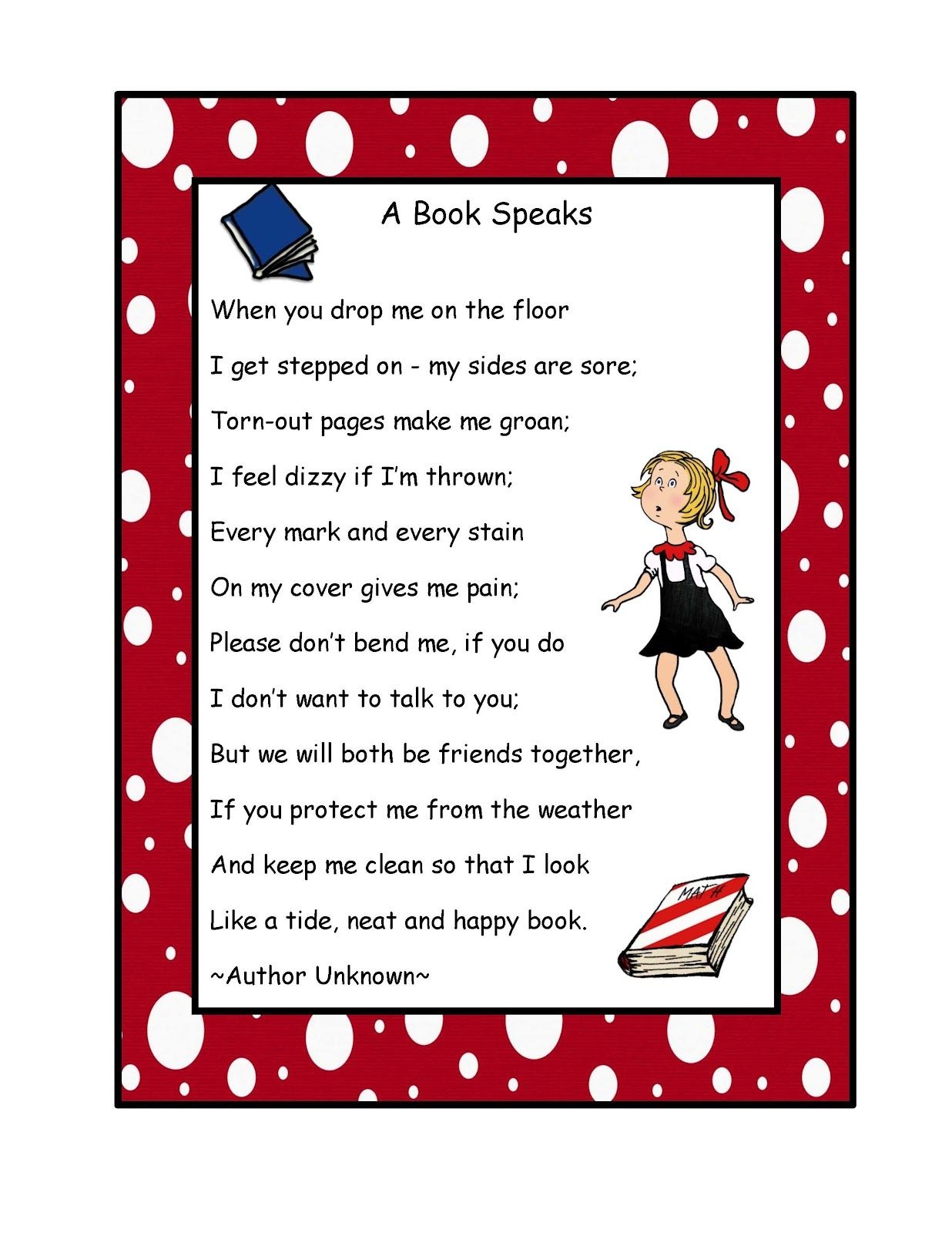
Poem for Books
Introduction:
The Poem for Books, a literary gem, celebrates the transformative power of the written word. Its lyrical verses evoke the magic of books, inviting readers to delve into their captivating worlds and experience the profound joys they hold.
Writing Styles for Poem for Books:
The Poem for Books lends itself to a myriad of writing styles, each capturing a unique aspect of the book’s essence. These styles include:
- Lyricism: Poetic language that expresses the emotional impact of books, invoking wonder, awe, and nostalgia.
- Narrative: A story-driven style that weaves tales of characters lost in the pages of books, their lives transformed by the adventures they encounter.
- Metaphorical: A device that equates books to other objects or concepts, such as a "garden of words" or a "treasure trove of knowledge."
Poems for Books:
Ode to the Book:
Bound in leather, pages crisp and new,
A treasure trove of wisdom, hidden in you.
Your words ignite a spark, a flame so bright,
Guiding us through darkness, into the light.
The Library:
A labyrinth of whispers, where stories reside,
Whispers of adventure, secrets to confide.
Shelves lined with knowledge, a symphony of thought,
Inhale the scent of paper, with wonder fraught.
The Reader:
Lost in a world of pages, the mind takes flight,
A journey through time, where dreams take flight.
Emotions stirred, laughter and tears,
Books are the keys that unlock hidden fears.
How to Write a Poem for Books:
To pen a Poem for Books, consider the following tips:
- Contemplate: Reflect on the emotions and experiences books evoke in you.
- Use Vivid Imagery: Paint pictures with your words, evoking the sights, sounds, and scents of reading.
- Employ Literary Devices: Metaphors, similes, and personification can deepen the impact of your verse.
Reading Good Poems:
When reading poems, engage with the following techniques:
- Analyze the Structure: Study the poem’s form, rhyme scheme, and line breaks.
- Identify Themes: Explore the underlying messages and ideas conveyed in the poem.
- Consider the Context: Examine the historical and cultural background of the poem.
Questions and Answers:
- Q: What is the main purpose of a Poem for Books?
- A: To celebrate the power of books and inspire readers to embrace them.
- Q: How can I improve my writing for a Poem for Books?
- A: By exploring diverse writing styles, using vivid imagery, and employing literary devices.
- Q: What are some common themes in Poems for Books?
- A: Imagination, escapism, knowledge, and the transformative nature of reading.
Conclusion:
The Poem for Books is a testament to the timeless allure of literature. Whether written in lyrical, narrative, or metaphorical form, these poems capture the essence of books, reminding us of the boundless joy and wisdom they hold. By understanding the writing styles and embracing the principles of good reading, we can unlock the full potential of this enchanting genre.
Note:
Please note that the poems provided in this article are original creations. Plagiarism is unethical and undermines the integrity of literary works. Always acknowledge the original author and cite their work appropriately. Share and promote poetry, but remember to respect the rights of others.
